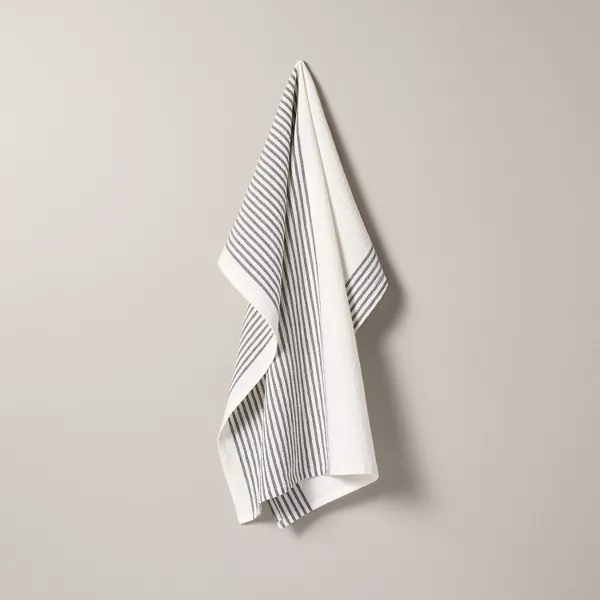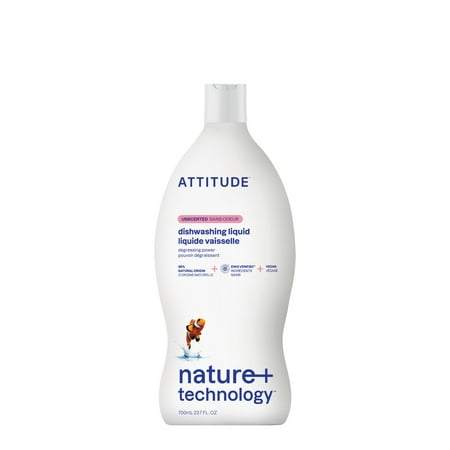I don't own a dishwasher, but this ‘grime gradient’ dish-cleaning hack is the only one you'll need for rapid handwashing
It’s good for your plates – and the planet


I have never owned a dishwasher. My parents never used one, and my rental home doesn’t have space for one, so I have become pretty well versed at washing dishes by hand.
Luckily, this laborious task is made a little easier with my ‘grime gradient’ hack, helping to save water and reduce the risk of cross-contamination when cleaning up after cooking.
While washing dishes by hand will always take more effort than loading a dishwasher, this simple trick of prioritizing the clean plates and finishing with the tougher tasks makes this chore a little less taxing – here’s how.
What is the ‘grime gradient’ dish-washing tip?
When cleaning a kitchen after dinner, a pile of plates, pans, and dishes can make hand washing feel overwhelming. However, this ‘grime gradient’ trick makes it simple to identify where to start. The trick is simple – you start with the cleanest of the items, for example, a plate that only has a few crumbs on it (that you can brush off into the trash before washing) or measuring spoons that only have traces of spices on them.
From there, you wash the slightly dirtier items – these could be your cutting boards, utensils, or dishes. Finally, you address the greasiest and dirtiest items, saving your main cooking pots, trays, or things with caked-on food until last. Working in this grime gradient of clean to dirty means your washing-up water, basin, and sponge or brush remain grease-free for longer. I use a machine-washable dish sponge, available in packs of six at Walmart, to reduce waste and throw them in the washing machine at the end of each day, but you might prefer a brush such as the Everspring Dish Brush from Target, which you can easily disinfect with Milton sterilizing fluid, also from Walmart.
This approach helps you to cut energy bills, reduce water wastage, and stop you from spreading grease from one item onto the next, which is often mentioned among the washing up bowl pros and cons. Therefore, it is a simple thing people with clean kitchens always do.

Avoiding piles of dishes also helps to make a kitchen look cleaner, helping you to feel more motivated to cook.
Of course, there is no denying that the best dishwashers do a better job of washing dishes, especially in busy households. One 2022 study emphasises that ‘using a dishwasher is much more resource-efficient and generally receives better and more hygienic results than washing dishes by hand.’ However, it adds that ‘manual dishwashing is not obsolete,’ so long as best practice tips are used.
Design expertise in your inbox – from inspiring decorating ideas and beautiful celebrity homes to practical gardening advice and shopping round-ups.
For me, best practice includes using very hot water, opting for a sturdy pair of washing-up gloves, such as the O-Cedar Gloves from Target, which come with an anti-drip cuff to keep you dry and triple-layer protection to protect you from hot water and chemicals. I also swear by a quality dish soap. I use the Ecover dishwashing liquid, available at Amazon, as it is non-toxic and less irritating on my skin, but the Dawn Dish Soap, from Walmart, is a solid choice, too. The Joseph Joseph sink caddy is a great product to sleekly corral these essential items.

Using a dishpan inside a large sink can help to prevent your kitchen sink from damage, and reduces the risk of dishes breaking if they are dropped back into the water.
A great way to avoid cleaning when feeling overwhelmed is to wash dishes throughout the day, using the grime gradient, to avoid them piling up into one big mountain.
Not only does this reduce stressful visual clutter, but it also minimizes contamination by doing little and often with fresh water and soap. I usually wash up all my breakfast items before I make lunch, all my lunch items after lunch, and then my dinner items as I cook, and just after I have finished eating. It is a cleaning non-negotiable that prevents overwhelm and ensures I always have clean dishes on hand.
What to shop

This dish rack features two detachable parts that can be used separately or combined to create a larger dish rack. It is also coated with a non-scratch material that helps protect your dishes.

This kitchen towel is made from 100% cotton, that makes it soft to the touch and super absorbent, coming in handy for anything from drying dishes and glassware to wiping up spills or drying hands.

The Attitude dish soap is made with clean ingredients, and is Environmental Working Group verified, meaning it is non-toxic for your home and the environment. It is the perfect choice for washing dishes and preventing contamination.
Handwashing dishes is certainly more effort, but it extends the lifespan of many of my kitchen essentials, helping me to avoid common mistakes when cleaning kitchenware that are so prevalent when it comes to dishwashers, such as melted plastic, chipped non-stick coatings, or cracked wood.
To reduce some of the effort, I simply let my dishes air dry on a dish rack to prevent smears and water spots. What hacks do you have to save time while dishwashing?

Chiana has been at Homes & Gardens for two years and is our resident 'queen' of non-toxic living. She spends most of her time producing content for the Solved section of the website, helping readers get the most out of their homes through clever decluttering, cleaning, and tidying tips. She was named one of Fixr's top home improvement journalists in 2024.
You must confirm your public display name before commenting
Please logout and then login again, you will then be prompted to enter your display name.